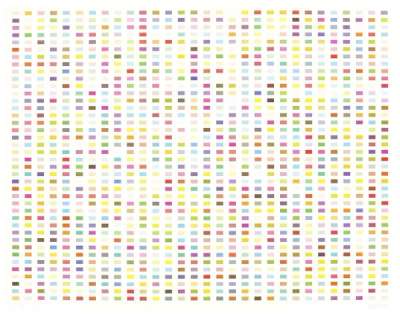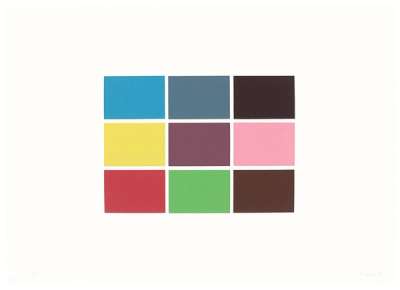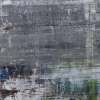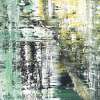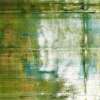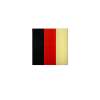Colour
Charts
Gerard Richter's Colour Charts prints, stylistically reminiscent of Pop Art, exemplify the artist's deconstructive desire to bring about the ‘death’ of painting. Despite their visual difference, these seemingly simple colour swatch compositions achieve the same end as Richter’s photorealistic paintings: both are ultimately beautiful but defeat traditional conceptions of artistic meaning.
Gerhard Richter Colour Charts For sale
Colour Charts Value (5 Years)
With £30919 in the past 12 months, Gerhard Richter's Colour Charts series is one of the most actively traded in the market. Prices have varied significantly – from £911 to £26041 – driven by fluctuations in factors like condition, provenance, and market timing. Over the past 12 months, the average selling price was £10306, with an average annual growth rate of 14.29% across the series.
Colour Charts Market value
Auction Results
| Artwork | Auction Date | Auction House | Return to Seller | Hammer Price | Buyer Paid |
|---|---|---|---|---|---|
 9 Von 180 Farben (9 Of 180 Colours) Gerhard Richter Signed Print | 1 Dec 2023 | Grisebach | £8,925 | £10,500 | £13,500 |
 1260 Farben (1260 Colours) Gerhard Richter Signed Print | 15 Oct 2022 | Grisebach | £13,600 | £16,000 | £21,000 |
Sell Your Art
with Us
with Us
Join Our Network of Collectors. Buy, Sell and Track Demand
Meaning & Analysis
German artist Gerhard Richter’s Colour Charts collection comprises works made during the 1970s. Testament to Richter’s simpler treatment of colour in what was a formative period within his career, the series appears to reference Pop Art. At the heart of the Colour Charts prints, however, remains Richter’s determined desire to deconstruct the essence of painting: to bring about its ‘death’. When viewed together with Richter’s photorealistic paintings, ‘blur’ paintings and Übermalungen (painted photographs), the Colour Charts series also reference the artist’s early training at the Dresden Academy. Then under the purview of East German and Soviet authorities, the Academy limited its students to the production of socialist realist art designed to portray the glories of Communism. Like many other aspects of his oeuvre, these works constitute proof of Richter’s subversion of this kind of ideological art.
Prints such as 1260 Farben (1260 Colours) (1974) represent Richter’s dramatic departure from the figurative painting that characterised his earlier career. Comprising 1260 blocks of individual colours, the piece’s pixel-like arrangement is mirrored in the earlier work, 9 Von 180 Farben (9 Of 180 Colours) (1971). This piece, which comprises 9 blocks of bold colour, is symptomatic of Richter’s constant need to deconstruct. Its grid-like formation also foretells of Richter’s later Cage Grid paintings, such as Cage Grid (complete set) (2011).
Richter’s Colour Charts have served as important sources of inspiration for the artist’s large-scale interventions in public space. In 2007, Richter completed a stained-glass window for the Kölner Dom, or Cologne Cathedral — one of the largest religious buildings in the world. Comprising 11,500 ‘pixels’, this ground-breaking piece is concerned with the the ‘non-representational nature of the Divine’ and was based on a 1974 work entitled 4096 Colours [CR: 359]. The cathedral window was not the last large-scale public art commission completed by Richter. More recently, in 2017, Richter gifted the German Reichstag (parliament) building his abstract triptych Birkenau – a visual tribute to the victims of the largest concentration camp run by Nazi Germany, Auschwitz-Birkenau.
